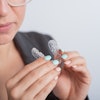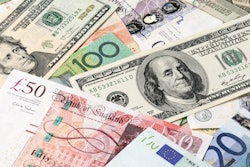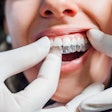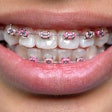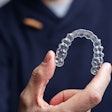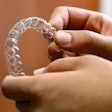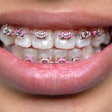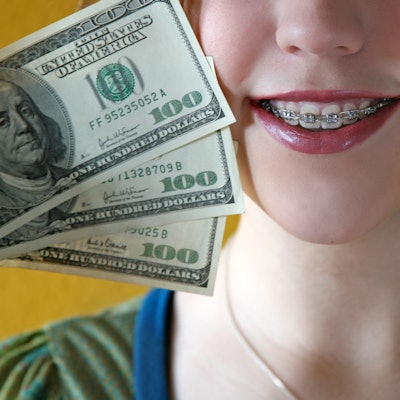
In 2016, patients in the U.S. spent about $20 billion on orthodontic treatments, according to a study published on May 17 in BMC Oral Health. This represents approximately 70% growth over spending in 1996 and was also the most spent during the 20-year study period.
There were several year-to-year decreases scattered within the years of increased spending, however. The periodic drop in spending suggests that orthodontic care's dependence on out-of-pocket payments may make it sensitive to harsh economic conditions and events, such as the global financial crisis and the 9/11 terrorist attacks, the authors wrote.
"Despite fluctuations, over longer intervals total orthodontic expenditures showed a gradual progressive increase during the study period," wrote the group, led by Man Hung, PhD, of Roseman University of Health Sciences College of Dental Medicine in South Jordan, UT.
Untreated orthodontic problems can lead to significant dental problems. Tooth anomalies that do not get appropriate orthodontic intervention may lead to decay and periodontal disease, highlighting the importance of treatment and its associated costs.
To examine orthodontic spending in the U.S., Hung and colleagues used data from approximately 690,000 individuals who participated in the Medical Expenditure Panel Survey between 1996 and 2016. The survey represents civilian, noninstitutionalized people and uses annual questionnaires to collect data, including demographics, health status, and access to care, on individual household members and families. Spending was adjusted to the 2016 dollar to account for inflation and deflation over time, according to the authors.
Between 1996 and 2016, total orthodontic expenditures increased by 73%, from $11.5 billion to $19.9 billion. The greatest increase in spending occurred between 1999 and 2000, when it rose by 32%, which coincided with the dot-com bubble.
However, spending decreased during a few years of the study period, with the most significant drop of 30% occurring between 2001 and 2002, which correlated with 9/11, the authors wrote.
| Total orthodontic spending in the U.S. from 1996-2016 | |
| Year | Spending |
| 1996 | $11.5 billion |
| 1997 | $9.7 billion |
| 1998 | $11.5 billion |
| 1999 | $12.4 billion |
| 2000 | $16.4 billion |
| 2001 | $15.9 billion |
| 2002 | $12.7 billion |
| 2003 | $13.5 billion |
| 2004 | $15.4 billion |
| 2005 | $12.9 billion |
| 2006 | $14.8 billion |
| 2007 | $13.9 billion |
| 2008 | $16 billion |
| 2009 | $14.2 billion |
| 2010 | $13.9 billion |
| 2011 | $15 billion |
| 2012 | $15.2 billion |
| 2013 | $14 billion |
| 2014 | $15.6 billion |
| 2015 | $15.3 billion |
| 2016 | $19.9 billion |
The study had limitations; for example, the data from the survey did not differentiate between medically necessary orthodontic treatment and cosmetic care. Also, the data failed to identify to what extent newer direct-to-consumer aligner treatments and aligner treatments offered by dentists contributed to expenses, they wrote.
Though total orthodontic spending in the U.S. nearly doubled during the 20-year study period, the observed drops in spending imply that this type of care is considered a luxury and influenced by economic changes, the authors noted.
"The fluctuations highlight the importance of safety net funding and expanding public funding for orthodontic care especially during times of crisis to avoid financially vulnerable patients with medical necessity going untreated," Hung and colleagues wrote.


